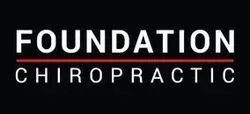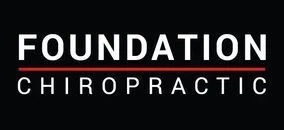Balance and Why it's Important - Part 1
- posted: Jul. 23, 2020
Balance is very important in everyday life. Good balance helps to make sure you walk straight and don’t tip over. Poor balance can lead to an increase of falls and injuries and good balance decreases your risk for falls. What one doesn’t think about is that balance is also a possible indicator of a brain injury.
Those involved in whiplash injuries sustained from a Motor Vehicle Collision, a fall or sports injury usually have balance problems immediately afterwards. The feeling of vertigo or dizziness is a common complaint after such a whiplash collision.
In a whiplash injury the brain moves in a coup contrecoup motion. This can be visualized as a tomato in a jar of water. Your brain is the tomato, the water is the cerebrospinal fluid (CSF) that surrounds the brain and the jar is the skull. In any whiplash injury the brain gets sloshed around in the CSF and hits the front and back of the skull.
This is the resulting coup and contrecoup which occurs and causes brain injury. Most whiplash traumas occur at the front and back, meaning the front of the brain (frontal) and the back of the brain (occipital).
The occiput, or back of the skull and brain is involved with balance. This is where the cerebellum is located. The cerebellum is involved with balance and coordination of movement therefore, if one is having difficulty with balance after a head injury, it’s very likely the occipital region or cerebellum has been injured.
Dr. Scott Rosa has shown in MRI studies that injury sustained in a whiplash can cause misalignments in the upper cervical spine, also known as the upper neck1,2. When the Occiput, Atlas (first cervical vertebra or C1) and Axis (second cervical vertebra or C2) become subluxated or misaligned it can cause many different issues including dizziness3 .
A structural chiropractor can evaluate and determine if such misalignment(s) occurred. At Foundation Chiropractic we use structural parameters including x-ray findings, computerized testing and also neurological testing. If, after these tests, it is found that the upper neck is misaligned then specific corrective chiropractic adjustments, as performed by a Structural Chiropractor, will help to realign these upper neck vertebrae allowing healing to begin and the opportunity for improved balance.
References:
- https://www.karger.com/Article/Abstract/365470
- Smith FW, Dworkin JS (eds): The Craniocervical Syndrome and MRI. Basel, Karger, 2015, pp 48-66
- https://www.webmd.com/pain-management/guide/pain-management-whiplash#global-main
Our Location
Foundation Chiropractic
1118 Outlet Collection Way #101
Auburn, WA 98001

